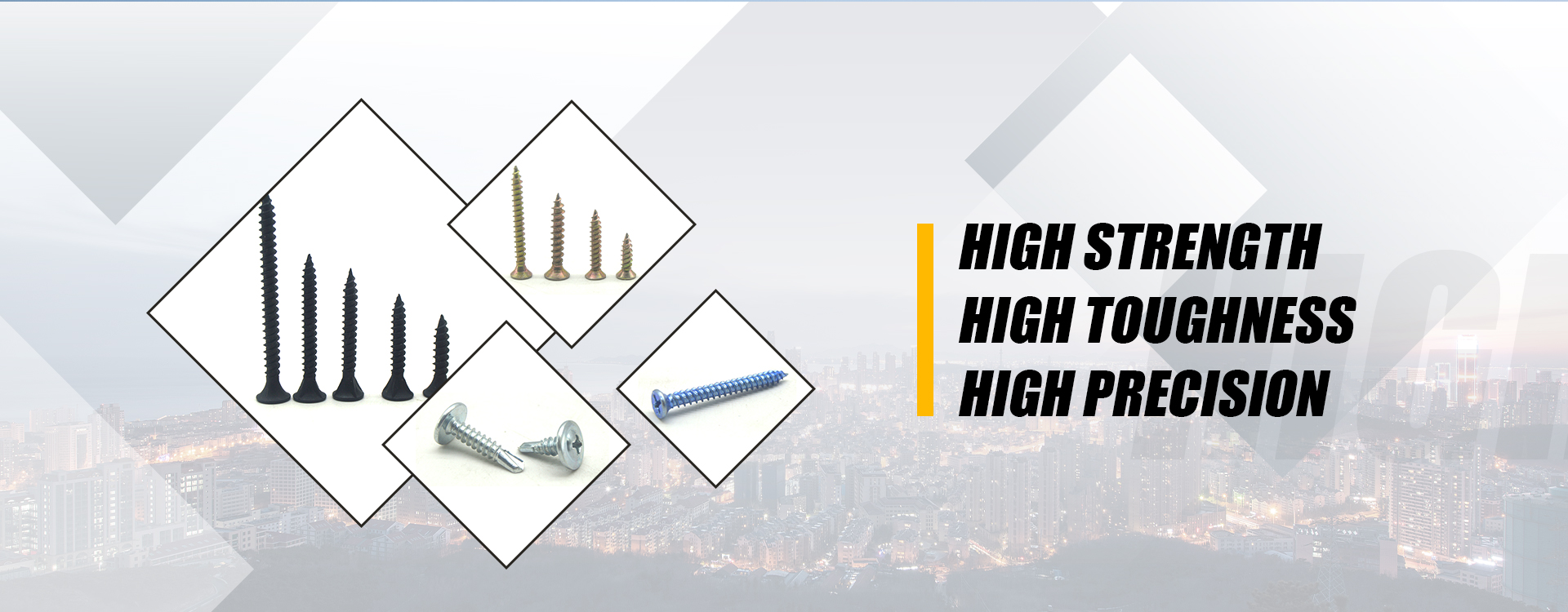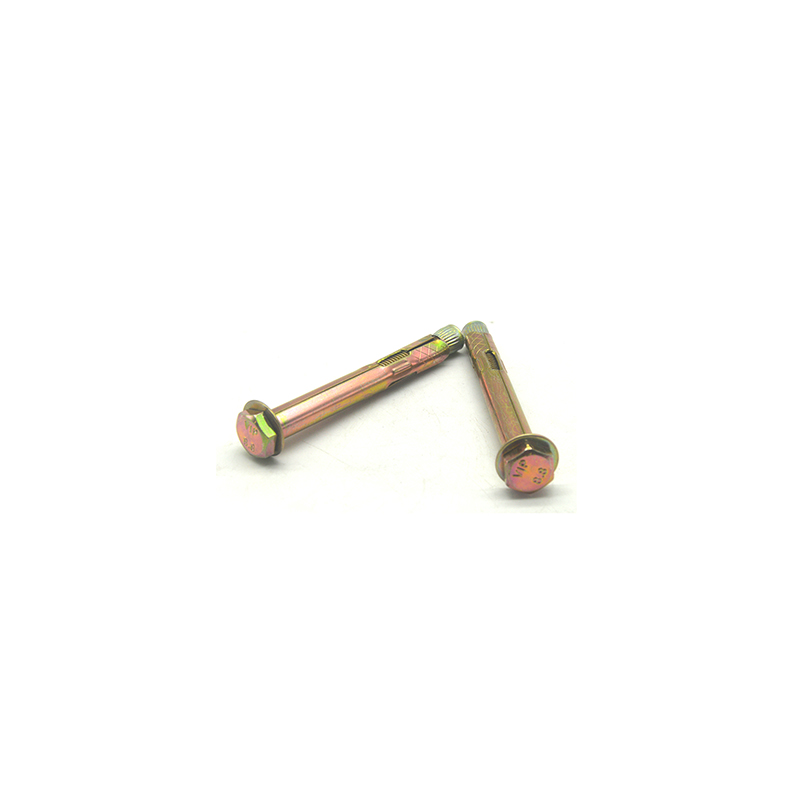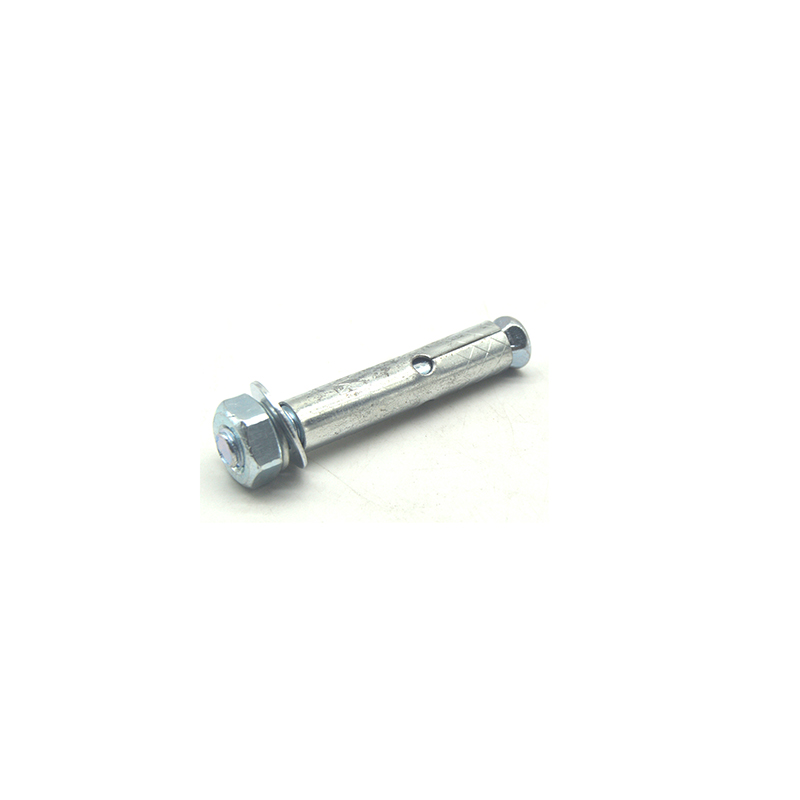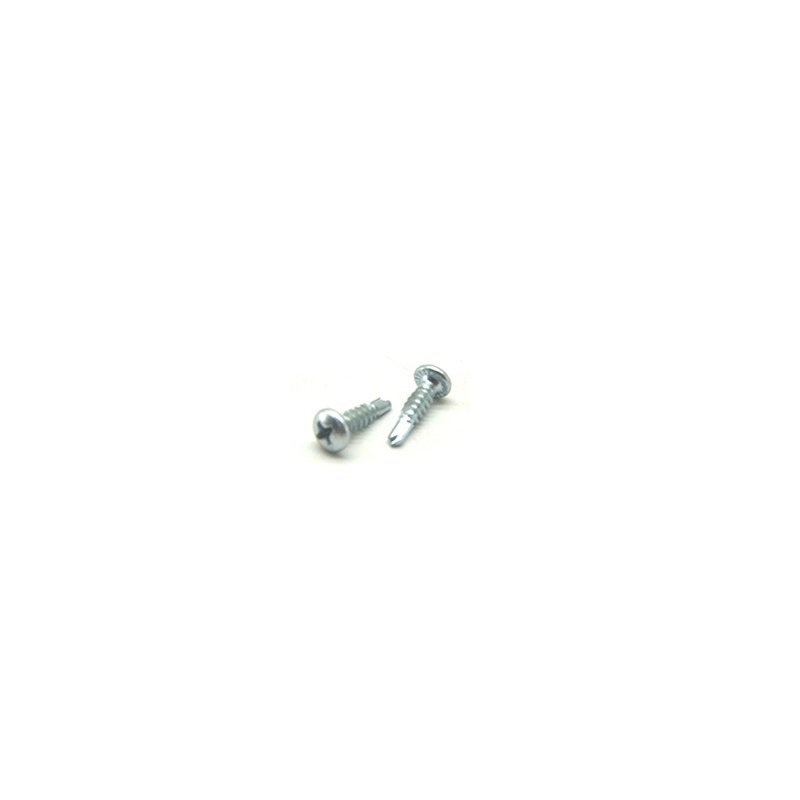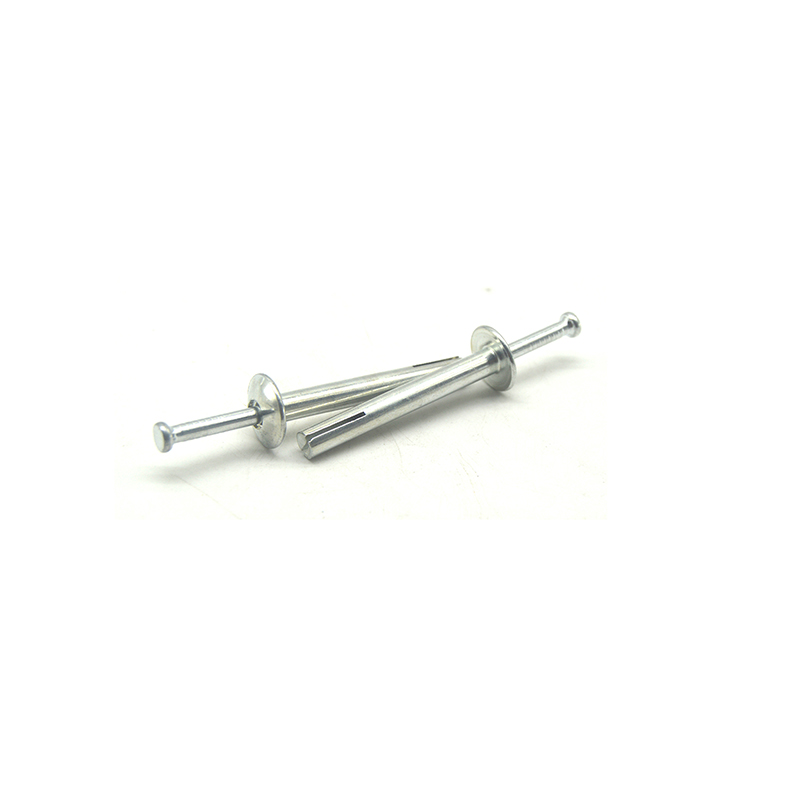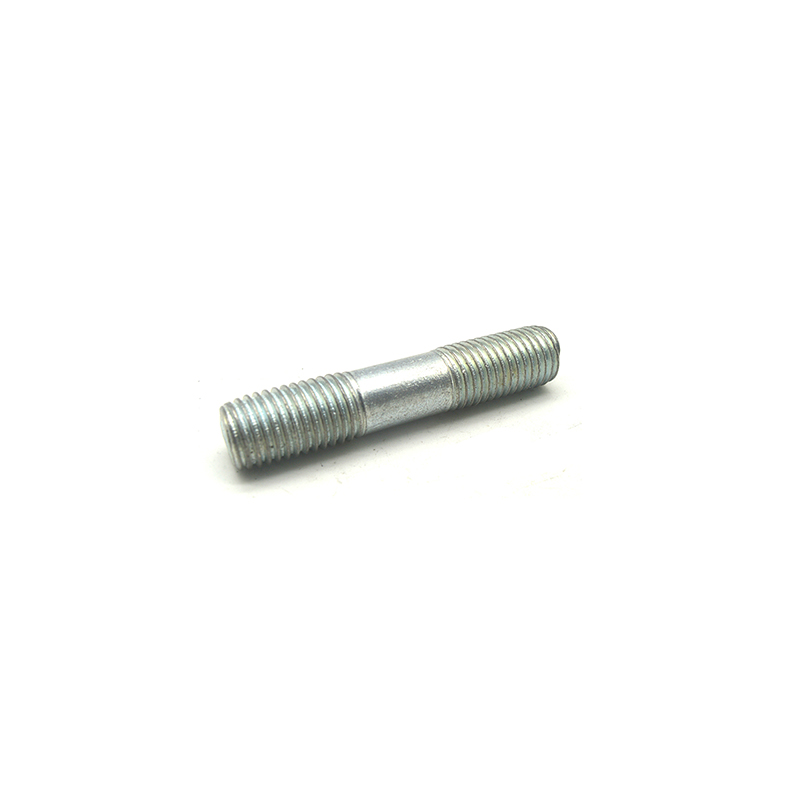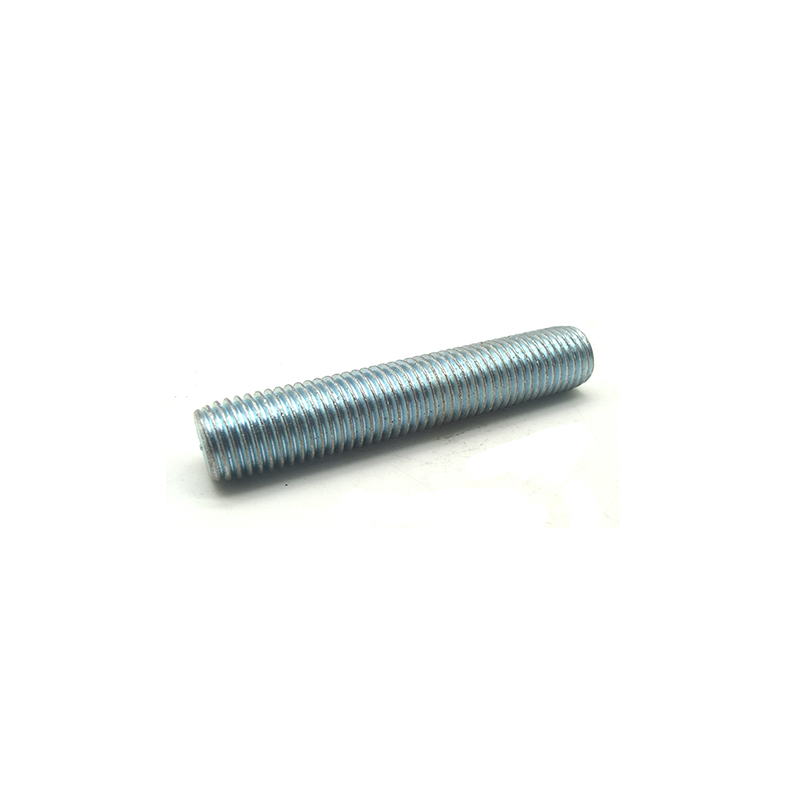- Chinese
- French
- German
- Portuguese
- Spanish
- Russian
- Japanese
- Korean
- Arabic
- Irish
- Greek
- Turkish
- Italian
- Danish
- Romanian
- Indonesian
- Czech
- Afrikaans
- Swedish
- Polish
- Basque
- Catalan
- Esperanto
- Hindi
- Lao
- Albanian
- Amharic
- Armenian
- Azerbaijani
- Belarusian
- Bengali
- Bosnian
- Bulgarian
- Cebuano
- Chichewa
- Corsican
- Croatian
- Dutch
- Estonian
- Filipino
- Finnish
- Frisian
- Galician
- Georgian
- Gujarati
- Haitian
- Hausa
- Hawaiian
- Hebrew
- Hmong
- Hungarian
- Icelandic
- Igbo
- Javanese
- Kannada
- Kazakh
- Khmer
- Kurdish
- Kyrgyz
- Latin
- Latvian
- Lithuanian
- Luxembou..
- Macedonian
- Malagasy
- Malay
- Malayalam
- Maltese
- Maori
- Marathi
- Mongolian
- Burmese
- Nepali
- Norwegian
- Pashto
- Persian
- Punjabi
- Serbian
- Sesotho
- Sinhala
- Slovak
- Slovenian
- Somali
- Samoan
- Scots Gaelic
- Shona
- Sindhi
- Sundanese
- Swahili
- Tajik
- Tamil
- Telugu
- Thai
- Ukrainian
- Urdu
- Uzbek
- Vietnamese
- Welsh
- Xhosa
- Yiddish
- Yoruba
- Zulu
- Kinyarwanda
- Tatar
- Oriya
- Turkmen
- Uyghur

Pan head self-drilling
The Practicalities of Pan Head Self-Drilling Screws
Understanding the nuances of self-drilling fasteners, particularly pan head self-drilling screws, is not just a theoretical exercise but crucial for efficient construction and manufacturing. Common misconceptions often lead to suboptimal choices, affecting both the quality and durability of projects.
Understanding Pan Head Screws
First off, when we talk about pan head self-drilling screws, it's essential to get a grip on why their design matters. The pan head offers a low-profile finish, making it an underrated choice in the realm of fasteners. It doesn't sink into the material but provides ample surface grip and aesthetic appeal.
Take it from someone who's been in the trenches of construction; often, the priority becomes the speed of application and load-bearing capacity. Pan head screws excel in both, primarily because their flat underside distributes pressure evenly. It’s a design that speaks efficiency.
However, I’ve seen instances where users mistake them for simple wood screws, leading to disastrous results when used in metal framing. The self-drilling capability is specific but often misunderstood for versatility beyond its intended purpose.
Material Compatibility
One of the critical factors in choosing the right pan head self-drilling screw is material compatibility. These screws are adept at carving their path through softer metals and composites but are not suitable for hardened steel or dense hardwoods.
In one project, a client attempted to use these screws in a dense iron sheet without the necessary pilot holes. The result? Blunt screws and wasted time. The solution was simple — a quick consultation on the site of Handan Shengtong Fastener Manufacturing Co., LTD, where they provide tailored advice for such scenarios.
Their website, shengtongfastener.com, has been my go-to for clearing any quick doubts, given their strong position in the fastener industry. Established in 2018 in Handan, Hebei Province, they are at the forefront of fastener technology in China.
The Role of Coatings and Finishes
With fasteners, corrosion resistance is pivotal, particularly when used in outdoor environments where they are exposed to the elements. This is where coatings play a significant role. Not all coated screws are made equal, mind you.
I recall a case where a seemingly suitable batch of zinc-plated screws failed within months under coastal conditions. The oversight? Not opting for hot-dip galvanizing, which offers a more robust barrier against saline exposure.
Such nuances underline the importance of knowing your coatings, and that’s something I often discuss with manufacturers like Handan Shengtong. Having access to the latest advancements in coatings can make all the difference.
Installation Techniques and Tools
While it might sound trivial, the significance of the right tools can't be overstated. A power drill with variable speed settings can drastically affect the outcome when dealing with self-drilling screws.
I've learned this the hard way; using a high-speed driver without the torque control feature consistently led to overtightening, stripping the screw heads. It’s a lesson in patience and precise control, often overlooked in the rush of a project.
Moreover, practicing with scrap material can save a lot of frustration, ensuring an intuitive feel for how the screw interacts with the specific substrate.
Evaluating Cost vs. Performance
In the end, it often boils down to cost versus performance. Sure, it’s tempting to skimp on fasteners to cut project costs, but that’s rarely a wise long-term strategy. Performance often correlates directly with the quality of manufacturing.
When considering suppliers, I would recommend a visit to established companies like Handan Shengtong Fastener Manufacturing Co., LTD. They provide reliable guidance and quality you can trust, particularly if you're working within the parameters they specialize in.
Ultimately, the experience of trial and error, combined with ongoing learning and supplier collaboration, is what truly equips you to make informed decisions on fasteners for any project. After all, these tiny components often hold the weight of larger ambitions.
Related products
Related products